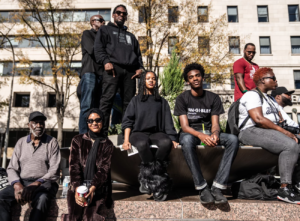When asked, “Do older workers face age discrimination today?” 67% of Asian American and Pacific Islander workers age 50-plus said yes. This statistic sheds light on a serious issue that isn’t just about perception; it’s about opportunity, fairness, and respect.
Experienced professionals bring wisdom, stability, and insight — qualities that are often invaluable to any organization. Yet too often, they’re overlooked or underestimated. The result is a loss of diversity in thought and experience that can harm a company’s overall growth and culture.
So, how do we confront this bias and create a workplace where experience is celebrated? It starts with asking the right questions — and, more importantly, acting on the answers.
Here are some steps leaders can take to break the cycle of age discrimination and empower older workers:
1. Acknowledge and Address Implicit Bias
Leaders should first recognize that ageism may exist in their workplace, often unconsciously. Provide bias training that focuses on age-related stereotypes and encourages employees at all levels to check their assumptions about older colleagues.
2. Create Inclusive Policies
Develop and enforce policies that explicitly address age discrimination. This includes ensuring fair hiring practices, equitable promotional opportunities, and providing pathways for all employees, regardless of age, to continue growing in their careers.
3. Encourage Lifelong Learning
Offer ongoing professional development and training for employees of all ages. This demonstrates that the company values continuous learning and development, allowing older workers to stay current and competitive in their roles.
4. Champion Mentorship and Reverse Mentorship Programs
Establish programs that allow older workers to share their knowledge with younger employees and, in turn, learn new skills from them. This mutual exchange can bridge generational gaps and foster respect and collaboration.
5. Celebrate Experience
Ensure that the contributions of older workers are acknowledged and celebrated. Highlight success stories and promote role models who demonstrate that experience is an asset, not a liability.
By creating a workplace that values and respects the experience older workers bring, companies can not only confront age discrimination but also build a more inclusive, diverse, and dynamic workforce. This shift in mindset is not just good for older workers — it benefits the entire organization, fostering a culture where every employee has the opportunity to thrive.




